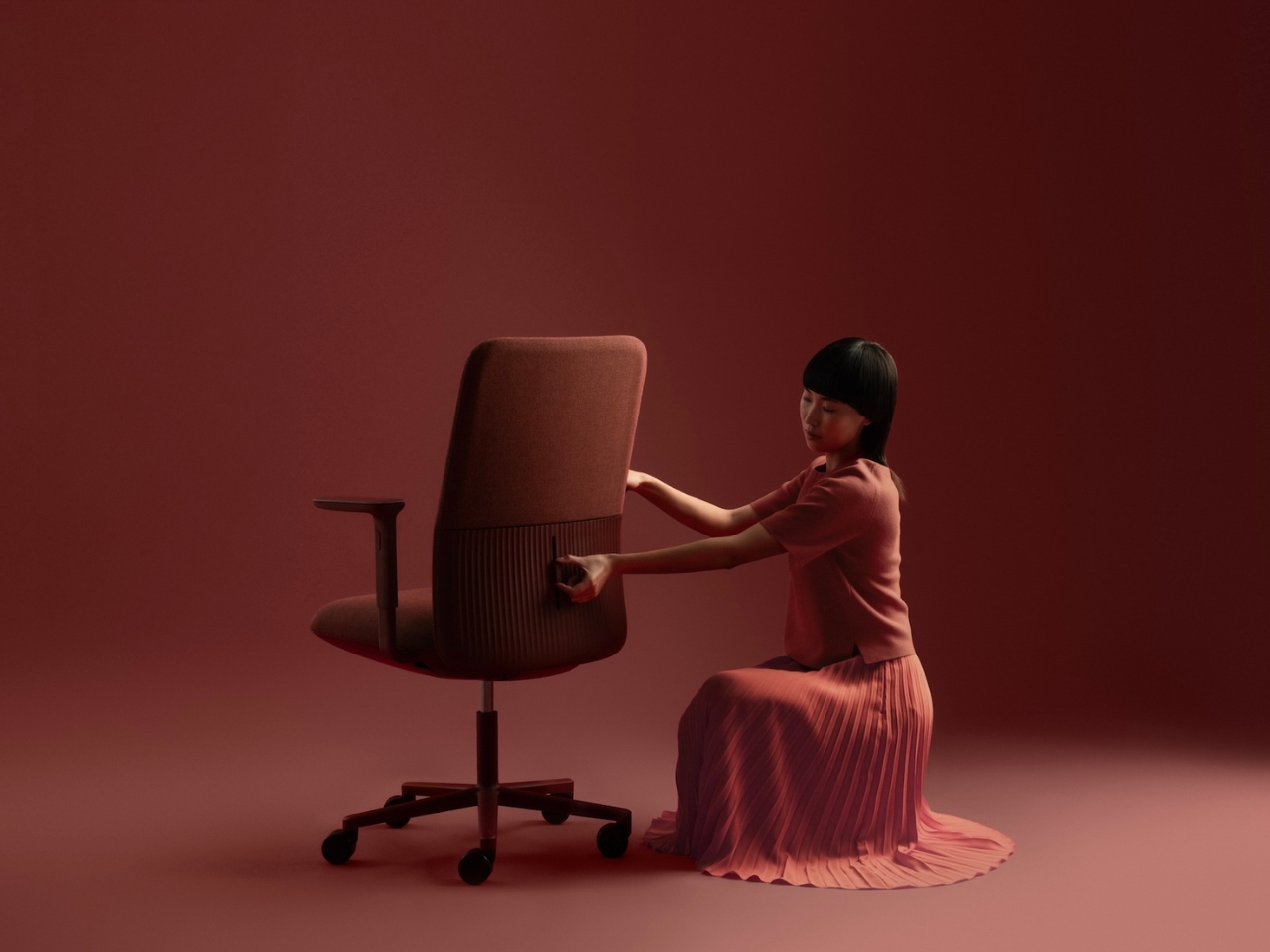
"LAYER, the London-based design studio founded by Benjamin Hubert, has partnered with Spanish furniture maker Andreu World to create Velo, a task chair that throws out the instruction manual and replaces it with something far more intuitive: material intelligence. If you've ever sat in a high-end office chair, you know the drill. There are usually about seven different levers under the seat, each controlling a specific function, and you're expected to become an amateur ergonomics expert just to sit comfortably."
"At the heart of this chair is a weight-activated mechanism that LAYER developed specifically for this project. Instead of requiring you to manually adjust anything, the chair simply responds to how you're sitting. Lean back, and it flexes with you. Shift your weight forward, and it adapts. The contoured backrest moves in real time with your body, providing ergonomic support that feels less like furniture and more like the chair is actually paying attention to you."
"This isn't some gimmick hiding behind sleek marketing language. The technology here is genuinely clever. LAYER engineered a system that uses the sitter's own body weight to activate the mechanism, eliminating the need for springs, gas lifts, or complex pivot points that typically make task chairs feel like miniature machines. The result is a chair that looks refreshingly simple but performs with sophisticated precision."
LAYER and Andreu World developed Velo, a task chair that replaces manual controls with a weight-activated mechanism. The chair uses the sitter's body weight to trigger real-time adjustments: leaning back flexes the backrest, shifting forward changes support. The contoured backrest moves with the body to provide ergonomic support without springs, gas lifts, or complex pivot points. Velo simplifies interaction by eliminating multiple levers and adjustment knobs, delivering responsive comfort through material intelligence. The visual design rejects exposed technical mechanisms in favor of a cleaner, less mechanical aesthetic while maintaining precise performance and sophisticated ergonomic function.
Read at Yanko Design - Modern Industrial Design News
Unable to calculate read time
Collection
[
|
...
]